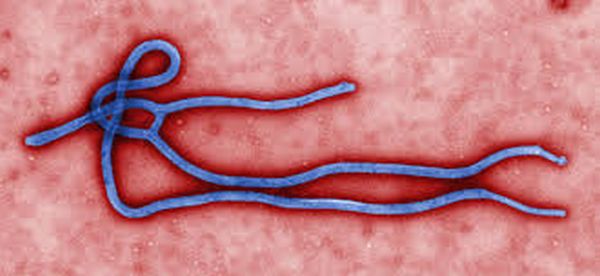What is the route of transmission?
EVD is spread through direct contact with the blood, vomit, diarrhea or body fluids of an infected person. It may also spread by contact with contaminated surfaces and objects. There is no evidence that EVD is spread through the airborne route. People are not infectious during the incubation period.
What is the incubation period?
The incubation period for EVD is two to 21 days.
Why are there concerns currently about EVD?
The World Health Organization has declared an EVD outbreak in West Africa. While new cases of EVD-related illness and deaths continue to emerge, to date, all have originated in Africa.
